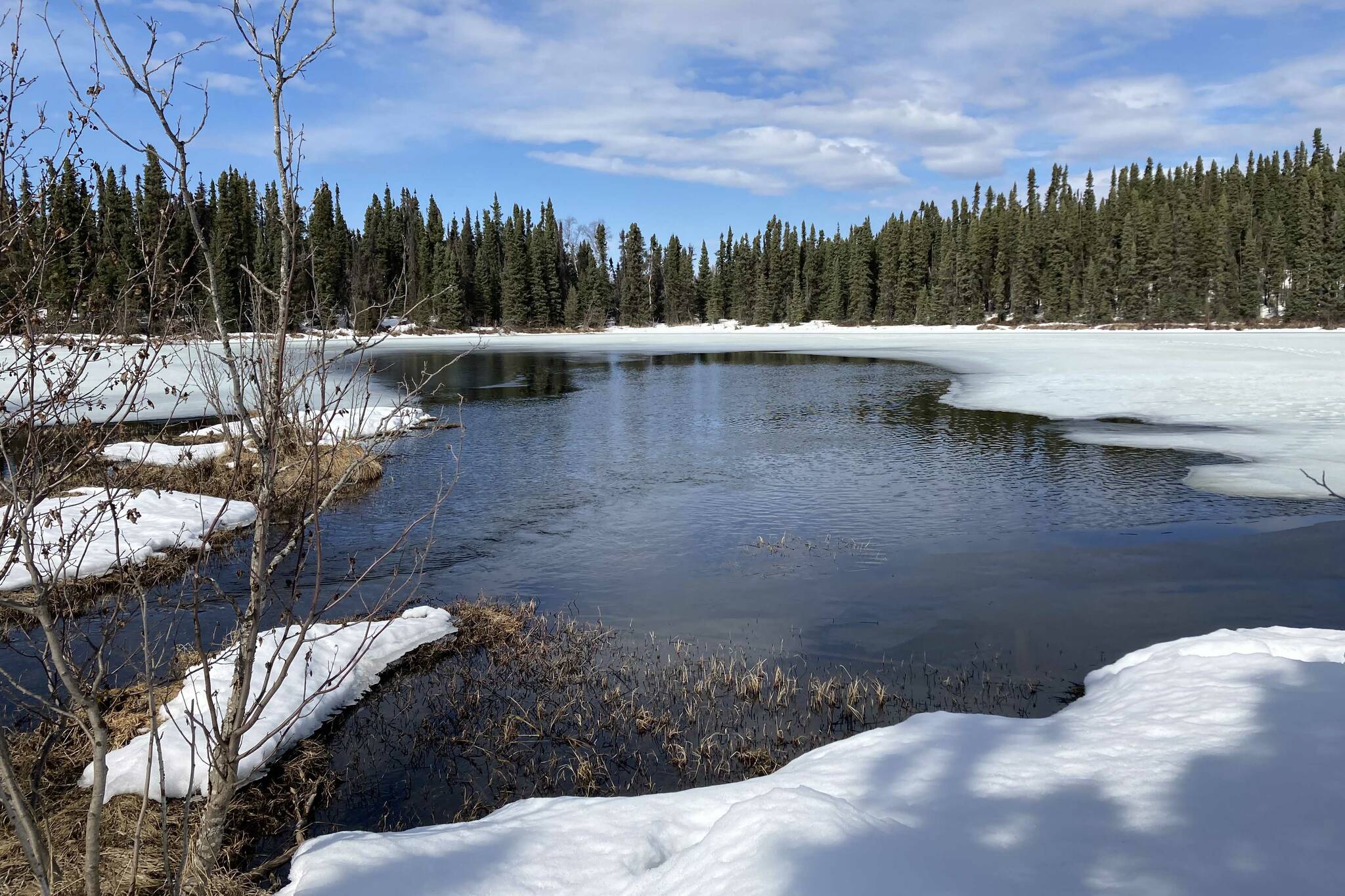When is the best time of the year to leave the Kenai Peninsula?
A friend recently chose April for an extended vacation.
“April,” I asked. “How can you leave in April?”
Thus the thought experiment began about the best time to leave the Kenai Peninsula.
I quickly realized two factors had to be eliminated. The choice could not depend on destination or best chance to see a bunch of family, like Thanksgiving or Christmas. The choice also can’t hinge on the particular rhythms of the job, like spring or holiday break for teachers.
My choice is the middle two weeks of June. I’m the type of person who hates to miss even one word of dialogue in a movie. To me, a year in Alaska is a classic three-part narrative that begins in July and ends in early June.
The first act of such a narrative, according to Wikipedia, begins with exposition, or establishing “the main characters, their relationships, and the world they live in.”
July is the perfect time to get in touch with all the marvels of the Kenai Peninsula, unencumbered for the most part by daylight or weather.
That begins to change quickly. The days grow shorter, the leaves change color and are quickly blown down and brown, and the mountain breezes blow stiffer.
There will be a hike where I absentmindedly wander up the trail without enough layers or time to finish my route. The season is rapidly changing. We have reached the first plot point.
The second act, according to Wikipedia, “typically depicts the protagonist’s attempt to resolve the problem initiated by the first turning point, only to find themselves in ever worsening situations.”
I wouldn’t call winter an ever worsening situation. I would call winter a time of increasing challenge.
There’s the transition, which can last anywhere from October through December, where the challenge is finding a way to move over the land for 30 minutes or an hour every day.
Maybe it’s on ice skates. Maybe it’s on skis. Maybe it’s on Kahtoola MICROspikes.
Then comes January through February — dark and cold. I love skiing. I love snowshoeing. I love the peace and starkness of this time of year.
I’ll also admit that it’s not always easy to get out there.
This is the classic second act plight of protagonists having to, as Wikipedia puts it, arrive “at a higher sense of awareness or who they are and what they are capable of.”
The second act closes with a crisis. Maybe I’ll have to cover a series of outdoor events during a subzero cold snap and decide I can’t take it anymore. Maybe I’ll complete the 50-kilometer Tour of Anchorage on brutally slow skis and feel a yelp of protest from the my body for the next week when I put on my ski boots.
The third act begins a few weeks into March. Mentally tough and physically fit from the second act, and with temperatures and daylight increasing, I’m ready to take advantage of the snow to explore the peninsula in unique ways.
I’m ready for the climax, or as Wikipedia puts it, “the dramatic question answered, leaving the protagonist and other characters with a new sense of who they really are.”
Last year, the climax was ascending Axis Ridge on Right Mountain in Cooper Landing and skiing down. This year’s climax came Sunday, when I skied from the east to the west entrance of the Swan Lake Canoe trails. That’s a pretty crazy thing to be able to do late in April.
Now, the denouement. Hiking trails have begun clearing of snow. There’s still skiing in the mountains. Pavement is available for biking and running.
Thanks to the narrative spun by the Kenai Peninsula, I’m ready to enjoy it all.
Oh, and the beach walking is really good this time of year. It won’t be long before this narrative is over.
I think I’ll walk off into the sunset.

